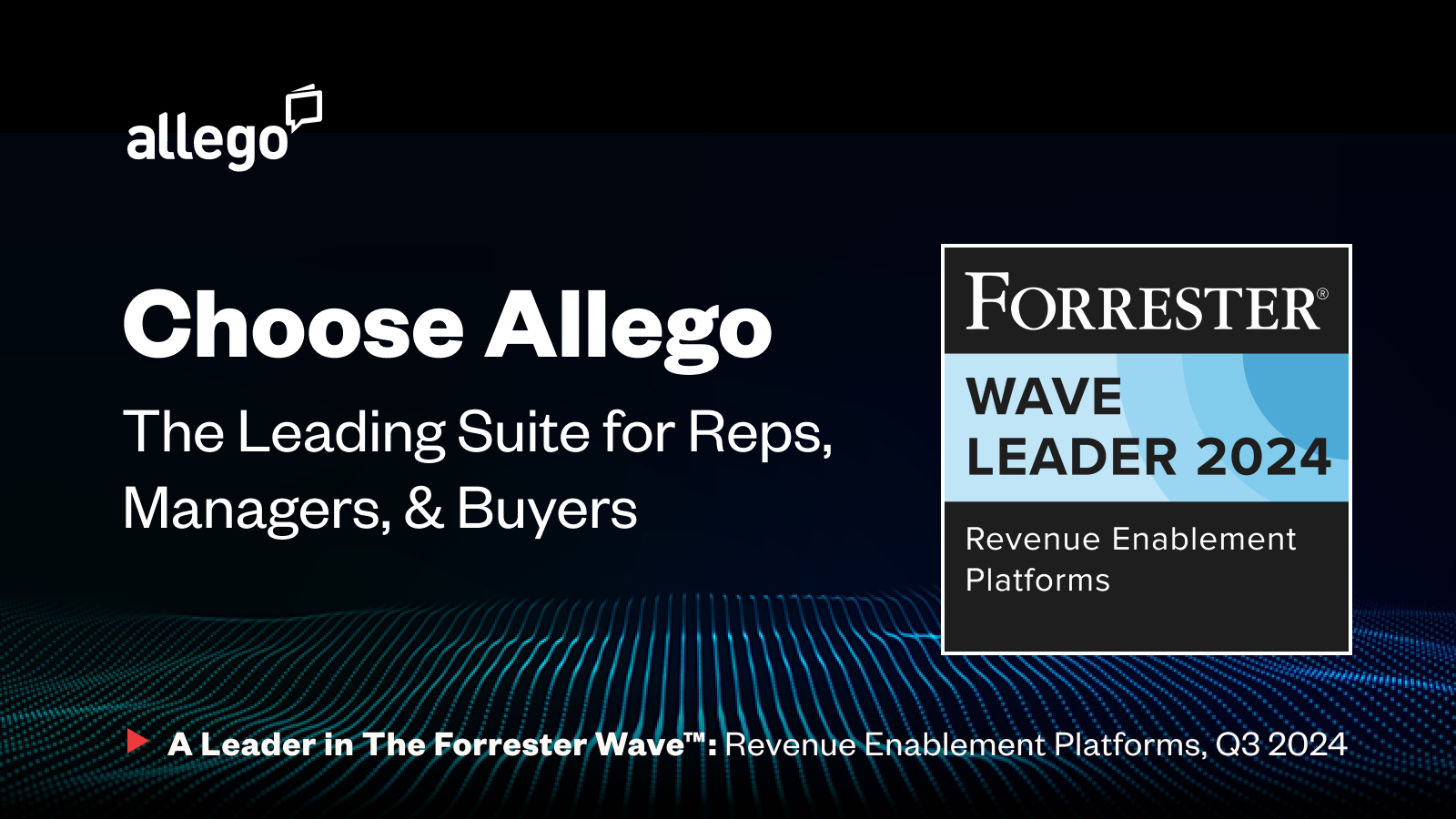Virtual selling relies on digital tools and technology to enable sales reps to engage with and sell to customers without the need for in-person interactions. Here are some examples of virtual selling tools, techniques, and strategies:
Revenue Enablement Platform: A comprehensive revenue enablement platform includes personalized sales onboarding and training, a sales content management system that sellers can access from anywhere and on any device, role-play software to simulate real-world virtual sales meetings, sales coaching software to help sales managers coach sales reps in remote locations, and the ability to create customized digital sales rooms for each prospect.
Video Conferencing: Sales professionals can use platforms such as Zoom, Microsoft Teams, or Google Meet to hold virtual sales meetings, product demos, and consultations with potential customers.
Social Media Selling: Leveraging social media platforms such as LinkedIn to connect with prospects, share content, and engage in conversations that lead to sales.
Email Prospecting: Email remains a powerful tool for nurturing leads and closing sales. Salespeople can use email campaigns to send personalized messages, product offers, and follow-ups.
Virtual Tours and Product Demonstrations: Using virtual reality or interactive 3D tours to showcase products or properties, especially in industries like real estate or manufacturing.
Live Chat and Chatbots: Incorporating live chat on a website or using chatbots to engage with visitors in real-time and help with product selection and inquiries.
CRM Software: Sales professionals can use CRM tools to manage customer data, track interactions, and tailor their sales approach based on customer history and preferences.
Personalized Sales Videos: Creating personalized video messages or pitches to send to leads or prospects, making the interaction more engaging and personal.
Virtual Reality (VR) and Augmented Reality (AR): These technologies can be used for immersive product demonstrations, such as allowing customers to experience products in a simulated environment.
Digital Sales Rooms (DSR): In these virtual sales rooms, sellers can include personalized videos, product information, demo recordings, and other resources the buyer needs. Many also include chat capabilities, allowing the buyer and seller to communicate within that space. DSRs also provide insight into buyer engagement, allowing sellers to see when buyers read, watch, download content.
Mobile Sales Apps: Sales representatives can use mobile apps to access sales materials, process orders, and interact with customers while on the go.
AI-Powered Sales Analytics: Using artificial intelligence to analyze customer data and behavior to identify trends, preferences, and opportunities for upselling or cross-selling.





